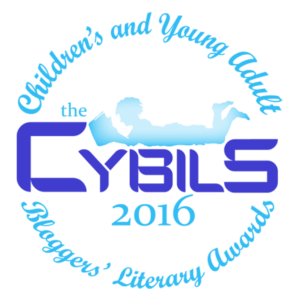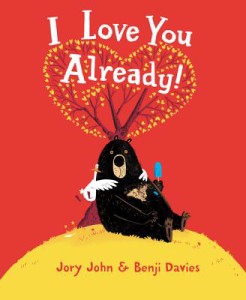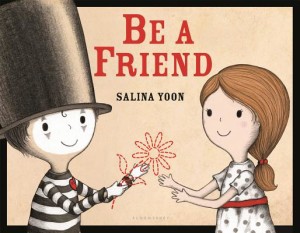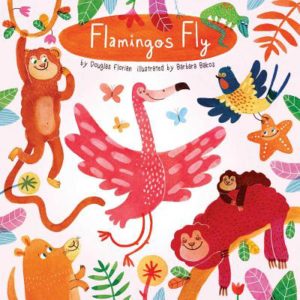THE LAST FIFTH GRADE OF EMERSON ELEMENTARY (Wendy Lamb Books, 2016)
What an unusual, delightful, and thoughtful novel-in-verse for middle-grade readers, written by Laura Shovan. Here’s a “taste” of this delightful book:
“Eighteen kids,
one year of poems,
one school set to close.
Two yellow bulldozers
crouched outside,
ready to eat the building
in one greedy gulp….”
Eighteen narrators, from diverse backgrounds and experiences, tell the story of their final year at elementary school before moving up to middle school. Their final year also corresponds to the last year of Emerson Elementary itself. The school is scheduled to be demolished in order to build a supermarket in their food insecure neighborhood.
The fifth grade has been asked by their teacher, Ms. Hill, to write poems for a time capsule to be incorporated into the new building project. The poems reveal the distinctly personal voice and story of each of the students. As the year unfolds, students organize and protest – they are determined to stop the demolition of their beloved school.
the new building project. The poems reveal the distinctly personal voice and story of each of the students. As the year unfolds, students organize and protest – they are determined to stop the demolition of their beloved school.
Of all the candidates for this year’s award for poetry, the committee found The Last Fifth Grade of Emerson Elementary to be the most appealing in its diversity, its capturing of the emotional lives of children on the brink of adolescence, and its poetic acrobatics. Laura Shovan’s writing is masterful. Readers will find themselves reflected in the experiences of the fifth graders. A thumbnail illustration of each character accompanies the poem helping the reader further identify the character. An introduction to poetry and poetic forms at the end completes the package.
When this school year ends,
I will have spent
one thousand days
in this building.
I want a thousand more
so I’ll never have to say
goodbye to friends.
From “First Day” in the voice of student Rachel Chieko Stein
Wendy Lamb publication –
“A delightful book, with an endearing cast of characters who can help teach the craft of poetry while sharing their own diverse personal stories.”– Margarita Engle, Newbery Honor winning author of The Surrender Tree
Review written by the Finalists Poetry Cybil Committee













